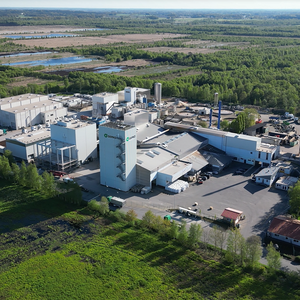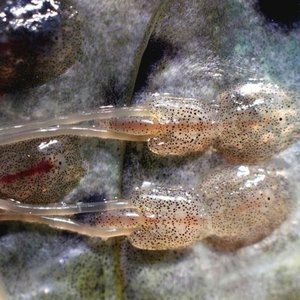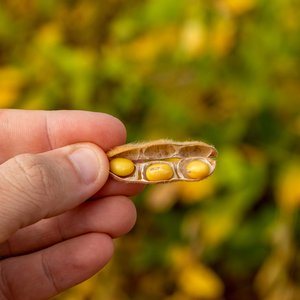Probiotics in aquaculture have been around for some thirty years, demonstrating benefits in terms of modulation of the host immune system, as well as enhanced survival, feed utilization and disease resistance. And yet there are many who regard their use with some skepticism. The term itself, when applied to aquaculture, can be confusing, since the animals live in a microbial laden environment, that has the potential for manipulation. The rearing water can be used as a vector for providing friendly microbes to the target organism, consequently the term “probiotic” has evolved to overlap with the terms “biocontrol” and “bioremediation agents” rather than simply beneficial bacteria applied in feed.
Speaking at the Biomin World Nutrition Forum 2016 in Vancouver, Dr. Daniel Merrifield, Plymouth University, United Kingdom said the application of probiotics in aquaculture faced unique challenges not faced by applications in humans, other mammals or poultry. Fish are poikilothermic animals and thus their metabolism, and the metabolism of their microbiota (including the embedded probiotic), is heavily dependent on environmental conditions. Although there is sufficient evidence to conclude that most fish species will harbor a core microbiome in their gastrointestinal tracts, evidence also suggests that individual fish of the same species may develop different microbiome phenotypes when reared under different conditions, at different seasons, at different life stages, and/or when fed different diets. The different environmental conditions, as well as the different microbiome phenotypes, are therefore likely to greatly influence the efficacy of probiotic applications in aquaculture operations. This presents quite a challenge when attempting to develop optimal probiotic application strategies.
Dr. Merrifield went on to say that future research efforts must focus on three main themes. “Firstly, gaining a better understanding of the normal microbiomes of fish; for a given fish species to what extent does the microbiome composition, abundance and diversity vary across life history stages? Do different fish genotypes harbor different microbiomes? Do different fish phenotypes (i.e. dominant vs subordinate; fast growers vs slow growers; robust vs disease susceptible) harbor different microbiomes?
“Secondly, a better understanding of the functional attributes of the microbiome is required. Not just which microbes are present in the gut, but what are they doing? With the ever depreciating costs of sequencing, and with the anticipated improvement of databases to include more strains commonly found in fish, this can be achieved through metagenomics and metatranscriptomics in the coming decade.
“Lastly, a better understanding of the localized host responses to the microbiome, and how such responses may change when the microbiome is modulated or manipulated. This is beginning to be addressed through the use of transcriptomic appraisal of intestinal samples derived from probiotic fed fish.”
Further research along these lines, as well as proteomic appraisal of intestinal mucus of probiotic fed fish, is warranted. With such information, we can then make informed decisions as to which probiotics are appropriate for which species, as well as when and how to use them.











